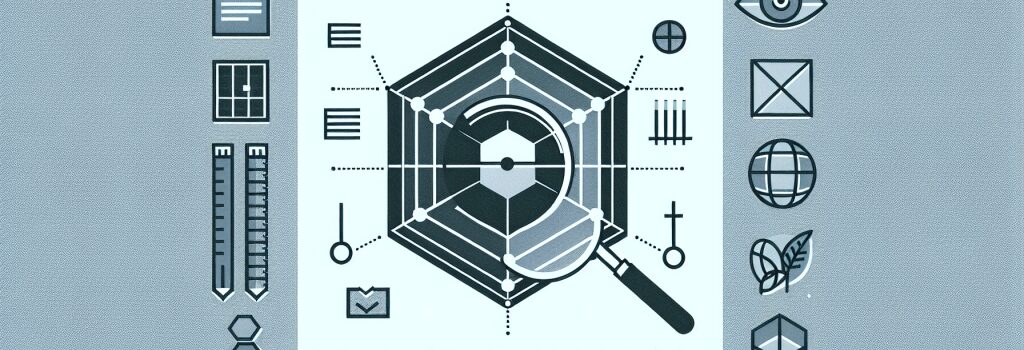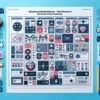The Importance of Alignment in Web Design for User Readability

Understanding the Role of Alignment in Web Design
Alignment is a crucial element in web design that significantly impacts user readability and overall website usability. Proper alignment not only brings order and coherence to web content but also elevates the user experience by making information easily navigable and visually appealing. This article delves into the importance of alignment in web design, exploring how it influences user readability and offers tips for effectively implementing alignment principles.
Why Alignment Matters in Web Design
– Enhances Readability: Proper alignment helps create a clean, organized layout that guides the user’s eye through the content smoothly. When elements are aligned, it reduces visual chaos and makes it easier for users to understand the structure and hierarchy of information.
– Creates Balance: Strategic alignment contributes to a balanced web layout that feels stable and cohesive. This balance is essential for maintaining user engagement and preventing visual fatigue.
– Supports Visual Hierarchy: Alignment helps in establishing a clear visual hierarchy, highlighting the most crucial information. It directs the user’s attention to where it’s most needed, improving the effectiveness of communication.
– Boosts Professionalism and Credibility: Websites with consistent alignment are perceived as more professional and reliable. The attention to detail in aligning elements reflects on the brand’s commitment to quality and precision.
Key Strategies for Implementing Alignment in Web Design
<h4>Consistent AlignmentConsistency is key when aligning elements across your website. Choose an alignment pattern (left, right, center, or justified) that best suits your content and stick with it throughout your pages. Consistent alignment not only looks professional but also reinforces predictability, making it easier for users to navigate your content.
<h4>Use Grids for StructureIncorporating a grid system in your web design can significantly enhance alignment. Grids provide a framework that simplifies the placement and alignment of elements, ensuring a balanced and harmonious layout. They are instrumental in creating responsive designs that maintain alignment across different screen sizes.
<h4>Pay Attention to Text AlignmentText alignment plays a pivotal role in readability. Left-aligned text is typically the most comfortable for reading, as it creates a consistent starting point for each line. However, centered or right-aligned texts may be used for headings or specific design elements, provided they serve the overall design and readability.
<h4>Align Elements Visually, Not MathematicallyWhen aligning elements, prioritize visual alignment over mathematical precision. Due to variations in shape, size, and color, elements that are mathematically aligned might not appear visually aligned. Adjustments might be necessary to achieve a visually balanced composition.
Conclusion
Alignment is more than a mere aesthetic choice; it’s a fundamental principle that significantly influences the usability and effectiveness of a website. By implementing thoughtful alignment techniques, designers can create visually appealing, easily navigable, and user-friendly websites. Embracing the strategies outlined above, web developers and designers can leverage alignment to enhance readability, elevate user experience, and ultimately, ensure the success of their web projects.


